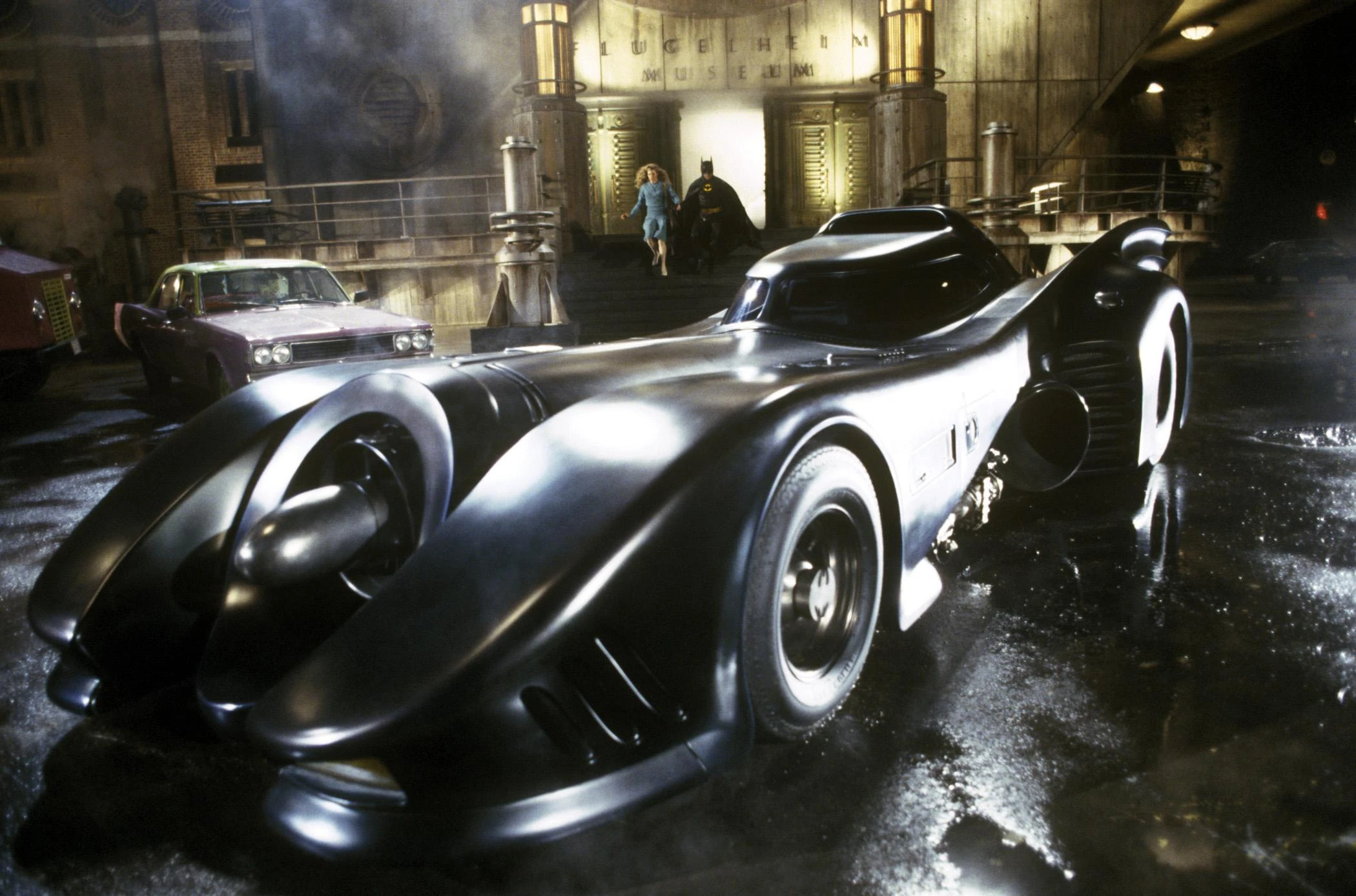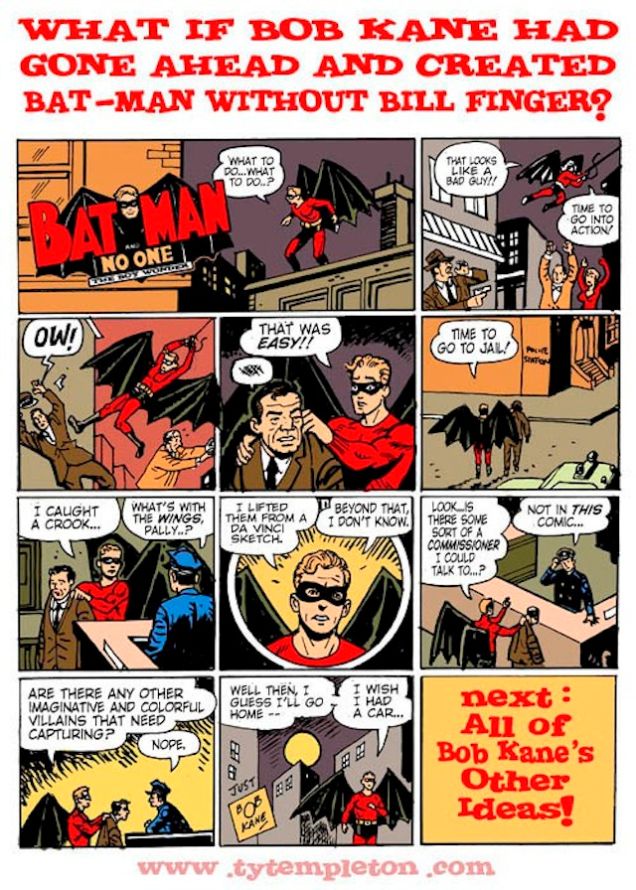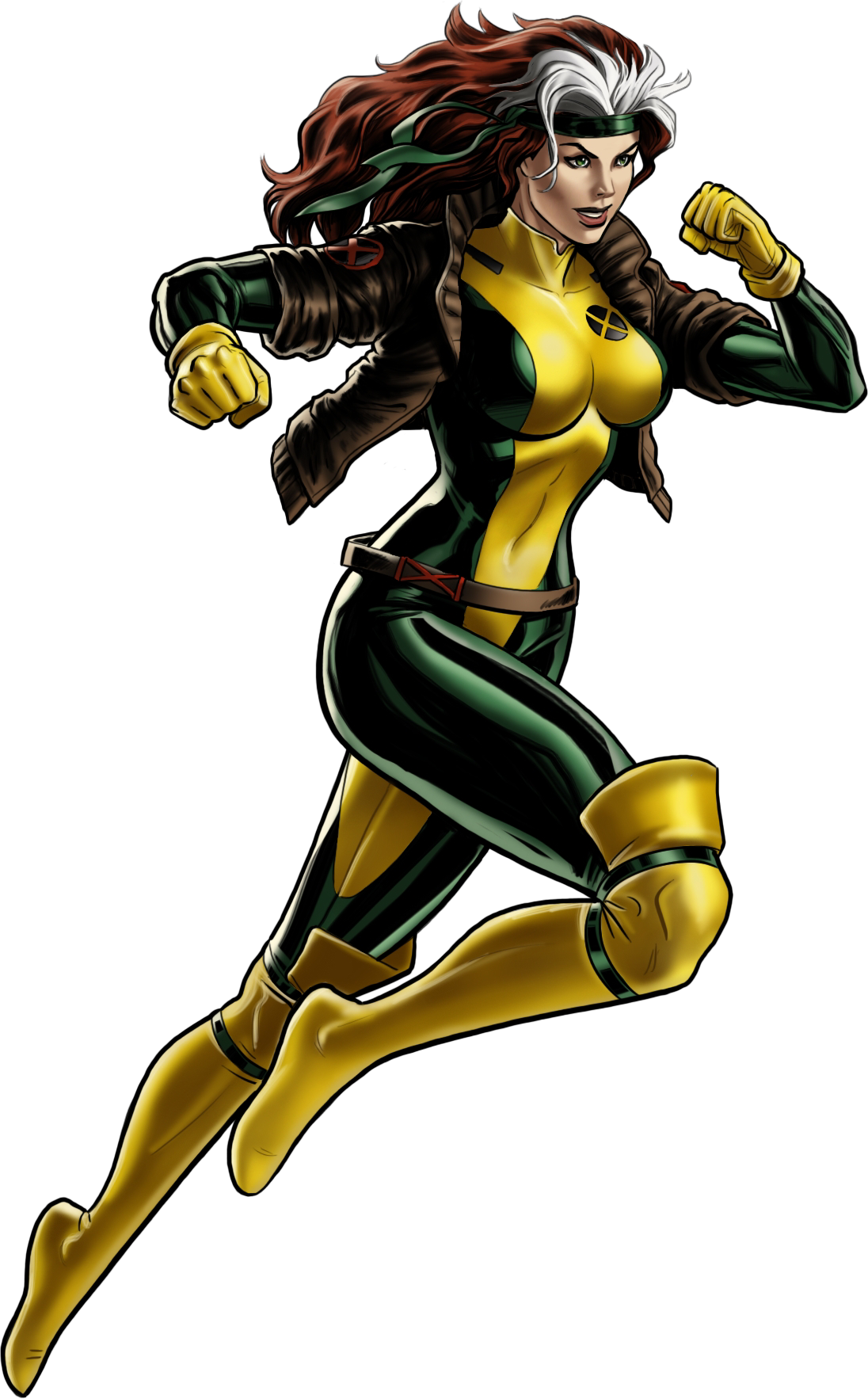I’ve had this site on my tablet computer for a while now and figured it was time to share.
Alan Moore, one of the most talented and influential -and controversial- comic book writers perhaps ever, opened up a Q & A session over at Goodreads. The questions were plentiful though a few of his replies were obviously cut and pasted. Still, a fascinating read:
https://www.goodreads.com/author/3961.Alan_Moore/questions
I remain a great admirer and equally frustrated/annoyed fan of Mr. Moore’s. There is no doubt the work he produced, particularly for DC comics in the 1980’s, was like nothing that came before it. His work on Swamp Thing and Watchmen alone would lift anyone’s reputation to the stratosphere. He also was responsible for the excellent V for Vendetta, Marvel/MiracleMan, D.R. & Quinch (a hilarious series, proving he could do comedy as deftly as horror/action/drama), and “Whatever Happened to the Man of Tomorrow”, a “last” Silver age Superman story.
+pagecover.jpg)
On the negative side, he was also the writer behind The Killing Joke, a beautifully drawn -by Brian Bolland- Batman graphic novel whose story was…not all that good, IMHO. In fact, the story was sadistic and needlessly grim. Of course, there are those who would argue that point with me.
Soon after the release of Watchmen Alan Moore grew furious with DC comics and left them, never to return. Based on the Q & A his negative feelings haven’t diminished one bit. My understanding of the situation, based on interviews Mr. Moore has given over the years, involved the rights to Watchmen. Though I’m probably oversimplifying things (Alan Moore alone knows how much more is involved), the original contract with Mr. Moore stated the rights to the series would revert back to him as soon as the book was out of print. However, because the series was so successful DC was able to retain the rights to it and have done so since its initial 12 issue run was completed in the late 1980’s.
While I sympathize with Mr. Moore, a part of me is greatly troubled by what I can only call his hypocrisy regarding creative ownership.
As I have mentioned in the past, the Watchmen series was originally supposed to feature the Charlton Heroes that DC had at the time just acquired. Because of the nature of the story Mr. Moore was telling, it was felt that rather than use these characters he should come up with pastiches and use them. Thus the Charlton heroes…
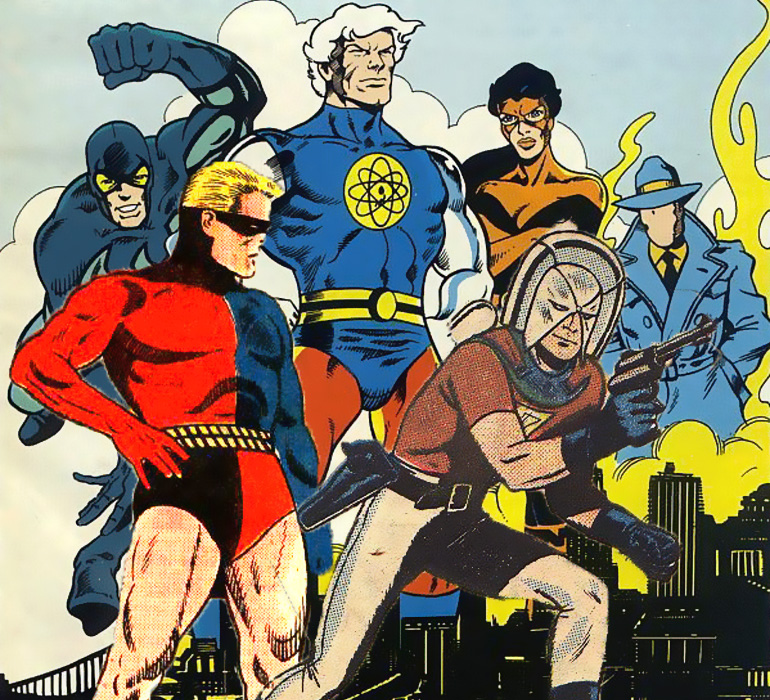
…became the Watchmen.
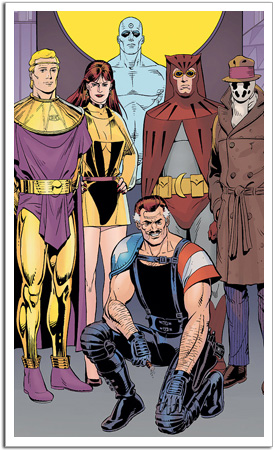
In his time at DC, Mr. Moore had little problems using other people’s creations to tell his stories. Yet he gets hung up on the concept of creative ownership even when some of his most famous stories involved characters he either didn’t come up with (Batman, Superman, Swamp Thing, etc.) or came up with thinly veiled pastiches of the same (Watchmen). After leaving DC comics one of his higher profile works was Supreme, a tissue-thin “homage” (I would call it a rip off) of Superman…

Yeah…
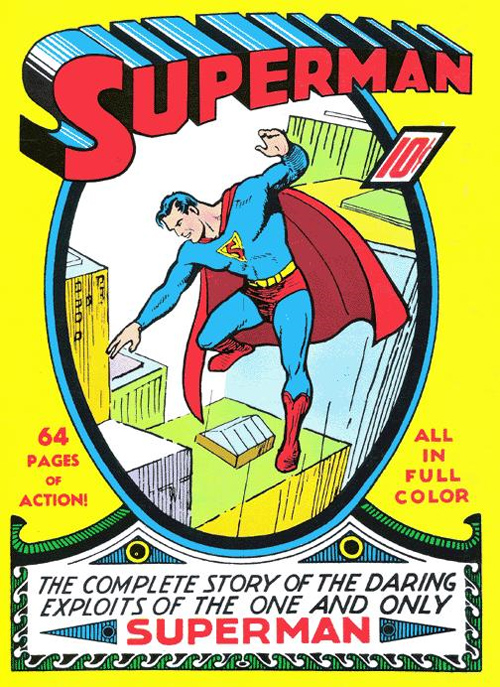
Mr. Moore would follow this up with such series as League of Extraordinary Gentlemen (which used copyright free characters such as Alan Quatermain, Dorian Gray, etc. etc.), Promethea (which was a Wonder Woman type), and Tom Strong (a Doc Savage/Pulp type hero).
I’d be the last to blast Mr. Moore’s writing talents but it bothers me that his best known post DC works (there are others, I’m not forgetting them) have largely involved either using copyright free characters or thinly veiled versions of other, more famous characters.
And still he’s angry with DC for retaining their copyright on Watchmen?
Regardless, the Q & A is interesting if you want to get into the mind of Mr. Moore.


 …as well as the 1989 Tim Burton directed Batman movie Batmobile…
…as well as the 1989 Tim Burton directed Batman movie Batmobile…